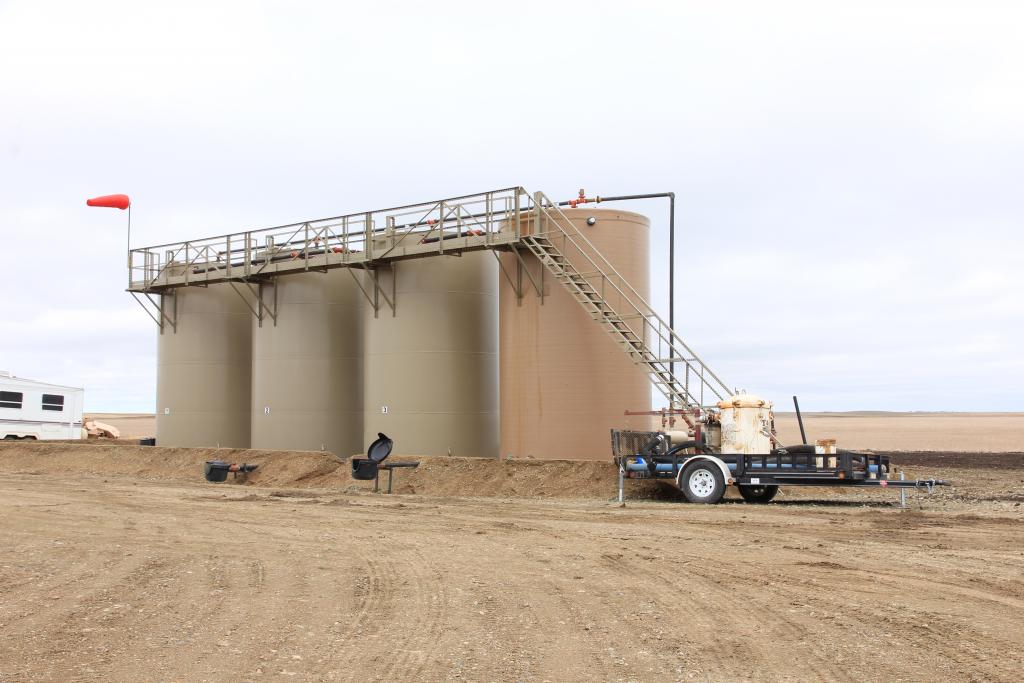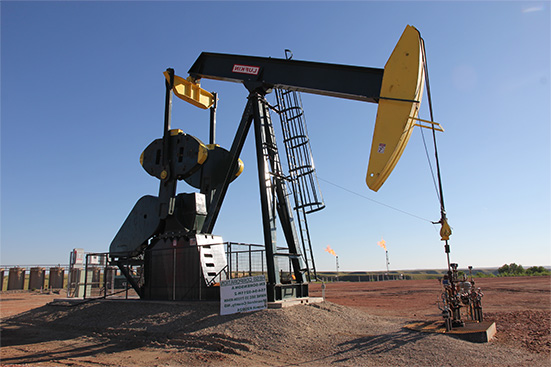
As the United States continues to lead in domestic oil and gas production, US energy independence is becoming more than just a policy goal – it’s a driving force of long-term investor confidence. By reducing reliance on foreign imports and strengthening its internal supply chain, the U.S. is creating a more stable and predictable energy environment.
For qualified oil and gas investors, this shift creates clear advantages. Domestic projects are backed by steady demand, rich natural resources, and a strong infrastructure network. Together, these factors help limit risk while providing opportunities for steady income, inflation protection, and the long-term security that comes with owning real, revenue-generating assets.
What U.S. Energy Independence Means
Energy independence does not mean the U.S. produces every barrel of oil and every cubic foot of gas it consumes. Instead, it means the country produces enough to cover its needs while still exporting to global markets. This balance lowers reliance on foreign supply and makes the domestic industry more resilient when disruptions occur overseas.
The Energy Information Administration (EIA) notes that the United States has been a net total energy exporter since 2019, a major shift from decades of dependence on imports. That change has given the U.S. a stronger position in global markets and created a more reliable environment for investors who participate in oil and gas production.
Why U.S. Energy Independence Brings Investment Stability
For investors, the value of U.S. energy independence is tied to stability. A strong domestic supply lowers the risk of shortages and extreme price swings. While it does not remove volatility altogether, it creates a buffer that allows projects to move forward with greater confidence.
Energy independence also gives the U.S. more control over its energy future. With a reliable local supply, policies and investments can be planned with less exposure to geopolitical conflict. That environment supports steadier returns for investors in non-operating oil and gas partnerships.
A Look at U.S. Production Strength
The U.S. continues to lead the world in oil and natural gas output. Crude oil production is projected to average about 13.4 million barrels per day in 2025, with a year-end peak near 13.6 million barrels per day. Natural gas has also reached record levels, making up nearly 38 percent of U.S. energy production in 2024.
With production at these levels, the U.S. not only meets its own demand but also supplies global markets through liquefied natural gas (LNG) exports. EIA reports that U.S. natural gas consumption is expected to hit a record high in 2025, highlighting both domestic strength and growing demand worldwide.
Contact DW Energy
Want to learn more about oil & gas investing? Our expert team can provide you with more information or schedule a consultation to talk about diversifying your investment portfolio.

How Independence Drives Investor Returns
Energy independence supports oil and gas returns in several ways:
- Steady project development. Strong supply encourages operators to keep drilling, providing consistent opportunities for non-operating investors.
- Improved market confidence. Investors gain from reduced dependence on unstable foreign suppliers.
- Attractive tax incentives. U.S. tax law continues to support energy development through provisions like intangible drilling costs and percentage depletion.
- Export opportunities. Growing LNG exports create more demand for U.S. production, helping to stabilize long-term project economics.
For qualified investors, this mix of factors means projects are backed by both strong fundamentals and favorable policy support.
The Lasting Role of Oil and Gas in Meeting Energy Needs
Even with the rise of renewables, oil and gas remain central to global energy use. The EIA projects oil and natural gas to make up more than half of total U.S. energy consumption through 2050. This long-term role ensures continued activity and steady opportunities for investors.
Renewables will grow, but oil and gas remain critical for transportation, manufacturing, and power generation. For investors, this balance means energy independence will keep translating into real opportunities in traditional resources.
The DW Energy Approach
DW Energy Group helps qualified investors access these opportunities without the burden of operating wells. As a non-operating firm, DW partners with established operators, reviews each project thoroughly, and manages communication with investors.
DW’s approach focuses on:
- Careful project selection based on geology, cost, and operator track record
- Clear communication and reporting at every stage
- A culture built on accountability, professionalism, and integrity
- Providing qualified investors with both income potential and meaningful tax benefits
This method ensures that investors benefit directly from U.S. energy strength while staying supported and informed.
Energy Independence and Community Impact
DW Energy views energy independence as more than meeting supply. It also strengthens local communities where projects are developed. Partnerships generate tax revenue, support schools, improve infrastructure, and create jobs in towns that rely on energy activity. That local impact reinforces the broader benefits of oil and gas development across the U.S.
This commitment aligns with DW’s mission to deliver long-term income and tax advantages to investors while also contributing to U.S. energy independence and economic growth. By creating value for both investors and communities, DW builds results that extend beyond individual projects.
The Bigger Picture for Qualified Investors
Energy independence supports not only the economy but also investor confidence. Steady domestic production creates consistent opportunities, tax benefits improve returns, and strong demand from both local and global markets ensures ongoing activity.
For qualified investors, this combination creates an opportunity to diversify with assets tied to one of America’s strongest industries. By partnering with an experienced non-operating firm, investors can take part in this momentum without taking on operational risks.
Investing with Confidence in U.S. Energy
U.S. energy independence is more than a policy achievement. It is a driver of stability, confidence, and opportunity for qualified investors. By ensuring a strong supply base at home, the nation creates the foundation for steady oil and gas returns, even in times of global uncertainty.
DW Energy Group has been connecting qualified investors to these opportunities since 2008, with a focus on professionalism, discipline, and clear communication. To learn more about how DW Energy supports investors and contributes to U.S. energy independence, visit our page on Energy Independence and Investment Stability.
Contact dw energy
Sources
“The United States has been an annual net total energy exporter since 2019,” U.S. Energy Information Administration,
https://www.eia.gov/energyexplained/us-energy-facts/imports-and-exports.php
“Short-Term Energy Outlook,” U.S. Energy Information Administration,
https://www.eia.gov/outlooks/steo/pdf/steo_full.pdf
“In 2024, the United States produced more energy than ever before,” U.S. Energy Information Administration, https://www.eia.gov/todayinenergy/detail.php?id=65445
“EIA expects record U.S. natural gas consumption in 2025,” U.S. Energy Information Administration, https://www.eia.gov/todayinenergy/detail.php?id=65984
Internal Revenue Service, https://www.irs.gov/pub/irs-wd/1210011.pdf
“Annual Energy Outlook 2025,” U.S. Energy Information Administration,
https://www.eia.gov/outlooks/aeo/
